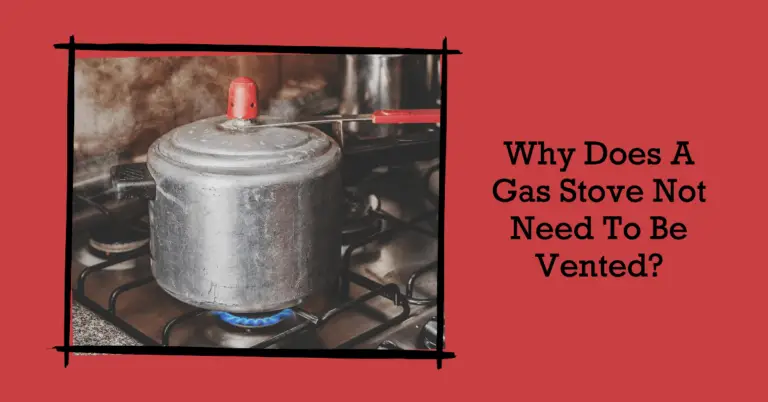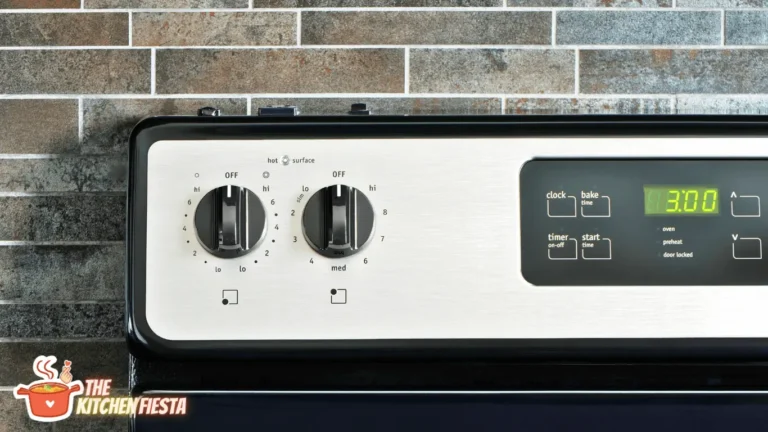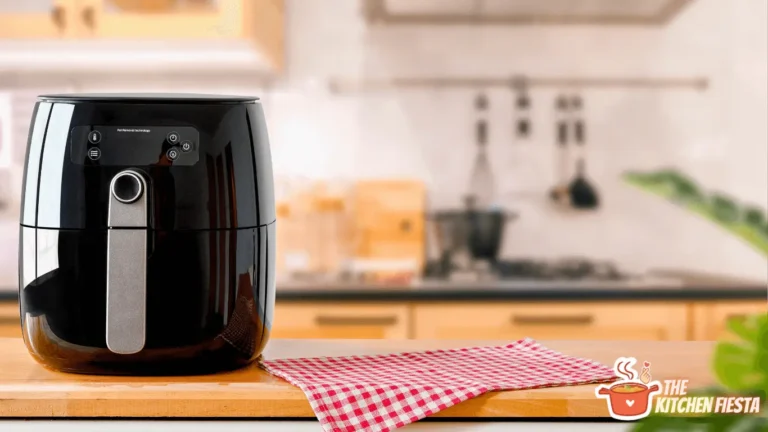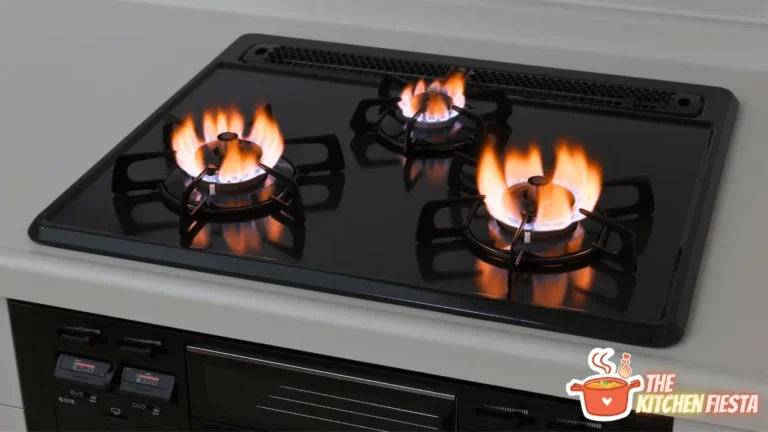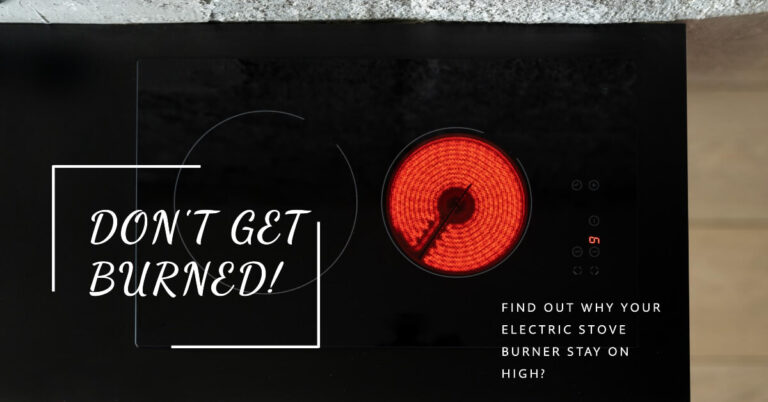Can You Use Induction Cookware On Electric Stove?
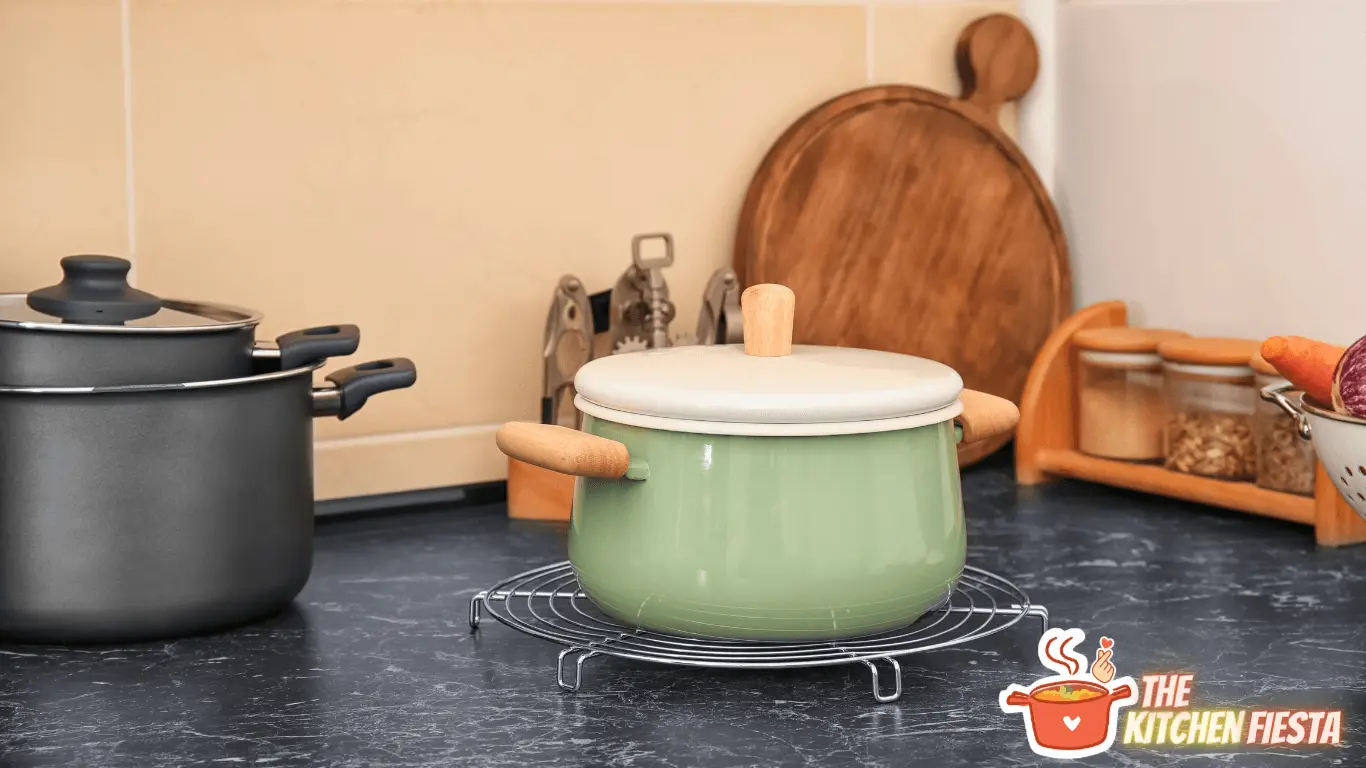
Cooking with induction cookware is becoming increasingly popular thanks to its speed, efficiency, and responsiveness. But induction pans and pots are designed to be used with induction cooktops that utilize magnetic technology. This leaves many home cooks wondering – can you use induction cookware on a traditional electric stove?
The short answer is yes, induction cookware will generally work on most types of electric stoves. But there are some caveats depending on the specific type of electric stove you have. Read on as we dive into the details of using induction pans and pots on electric coil, glass top, and smooth top stoves.
In this comprehensive guide, we’ll cover:
- What is induction cookware and how does it work?
- The types of electric stoves and their compatibility with induction cookware.
- Tips for using induction pans and pots on electric stoves.
- The best cookware options for electric stoves.
- Key takeaways on safely using induction cookware on electric ranges.
So if you’ve recently invested in some new induction cookware and want to know if it’ll work with your existing electric stove, keep reading!
What is Induction Cookware and How Does it Work?
Before we talk about using induction cookware on electric stoves, let’s briefly go over what exactly induction cookware is and how it works.
Induction cooking uses electromagnetic technology to directly heat pans and pots very quickly and efficiently. Underneath the glass or ceramic surface of an induction cooktop is a coil of copper wire. When turned on, this copper wire produces a rapidly alternating electromagnetic field which induces a magnetic current in any ferromagnetic cookware placed on top of the cooktop.
This induced current flows through the cookware, causing the pan or pot to heat up very rapidly but without directly heating the cooking surface itself. Induction cooktops only work with pots and pans that are made of ferromagnetic metals like cast iron and stainless steel. The best induction cookware is made from stainless steel with an aluminum or copper core.
Induction cooking provides superior speed, responsiveness, and efficiency compared to traditional gas or electric cooking. But it requires specific induction-ready cookware in order to function.
Induction Cookware Compatibility with Electric Stove Types
Now that you know what induction cookware is and how induction cooking works, let’s discuss whether or not induction pans and pots will work on the various types of electric stoves.
Electric stoves heat cookware through electric coils or radiant heating elements underneath a glass/ceramic surface. They do not utilize the magnetic induction technology of an induction cooktop. However, you can still use induction cookware on most types of electric stoves.
Electric Coil Stoves
Electric ranges with exposed coils are the most common and affordable type of electric stove. Induction cookware will work perfectly fine on an electric coil stove. The steel or iron composition allows the pans to conduct heat well on electric coils. Just make sure the bottom of the pan makes sufficient contact with the coils.
Induction cookware may heat up quicker on an electric coil stove compared to non-induction pots and pans. You’ll just be relying on the cookware’s ability to conduct heat rather than using magnetic induction.
Glass Top Stoves
Electric smooth top stoves feature a flat glass-ceramic surface covering the electric coils or radiant heating elements underneath. Induction pots and pans will work fine on an electric glass top stove.
However, you must take care not to slide the cookware around, as the smooth glass surface can lead to scratches. Make sure to lift pots and pans when moving them. The flat and smooth nature of induction cookware bottoms will make good contact with the glass for effective heating.
Ceramic/Solid Element Stoves
The newest electric stoves have a completely flat ceramic or glass surface with hidden radiant heating elements underneath. Unfortunately induction cookware will NOT work on a ceramic or solid element electric stove.
Without the direct exposure to electric coils, these stoves rely solely on the cooking surface transmitting heat to the pan. Induction cookware is designed to get hot itself using magnetic induction, not to efficiently absorb and transmit heat from an external source.
Tips for Safely Using Induction Cookware on Electric Stoves
While induction pots and pans will work with certain electric stove tops, there are some tips to follow for safe and effective cooking:
- Ensure even contact between the pan bottom and stove heating element. Induction cookware is designed to quickly conduct heat generated internally. For electric stoves, the heat comes from the external coils or heating elements, so solid contact is key.
- Use medium or medium-low heat settings. Induction cookware is so efficient partially due to the way it contains and distributes the induced heat. On electric stoves, it’s easy to get too high heat without the sophisticated controls of an induction cooktop.
- Avoid dragging cookware across the glass surface. The hard, durable finish of induction pots and pans can scratch and damage smooth glass stove tops. Always lift cookware when moving.
- Go with lower-sided pans for better heat distribution. Tall pots with induction bottoms may end up with uneven heating when relying solely on external electric coils or heating elements. Opt for skillets and saucepans with a larger surface area contacting the stove.
- Use a cooking oil with a high smoke point. The quick, intense heating of induction cookware can lead to burning oil and smoking if you aren’t careful. Oils like avocado, grapeseed, and refined canola oil have higher smoke points.
Following these tips will allow you to safely take advantage of your specialized induction cookware when cooking on a standard electric stove.
What is the Best Cookware for an Electric Stove?
While induction pots and pans will work on some types of electric ranges, they aren’t always the best option. Here are some of the top cookware recommendations specifically for electric coil and glass top stoves:
- Stainless steel – Heats evenly and is durable. Stainless steel induction cookware will certainly work, but any stainless steel pot or pan is a good choice for electric stoves. Opt for tri-ply stainless steel with an aluminum or copper core for optimal heating.
- Cast iron – Retains heat very well and can be used at high temperatures. The enameled surface prevents reactions with acidic foods. Cast iron induction cookware will perform nicely, but traditional cast iron dutch ovens and skillets are also great.
- Ceramic/glass – These won’t work for induction but are good choices for electric stoves. The smooth, non-stick ceramic coating provides even heating without hotspots. Just avoid thermal shock by not going from very high to low temperatures quickly.
- Aluminum – Excellent heat conduction but avoid thin, cheap pans. Higher quality anodized aluminum cookware is optimal for smooth glass tops, as it won’t leave marks or scratches.
The key is choosing cookware with solid construction and materials that quickly and evenly conduct electric heat. Non-induction pots and pans that meet these criteria often work just as well, if not better than induction-specific cookware on electric stoves.
Major Alternatives to Induction Cookware for Electric Stoves
Not all cookware is created equal when preparing meals using an electric stove. While induction cookware is specifically designed for induction stovetops, it may not be the best option for electric stoves. Fortunately, several alternatives to induction cookware work well on electric stoves.
1. Stainless Steel Cookware
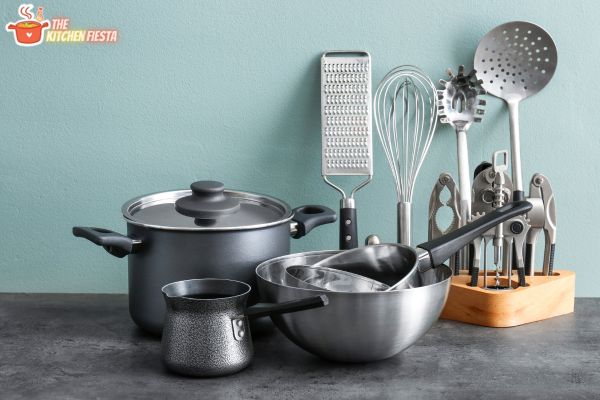
Stainless steel cookware is popular for electric stoves because it is durable, non-reactive, and easy to clean. It is also compatible with all types of stovetops, including electric, gas, and induction. Stainless steel cookware is made by bonding several layers of metal together, typically including stainless steel, aluminum, and sometimes copper. This layering helps distribute heat evenly across the cookware’s surface, making it ideal for electric stoves.
2. Copper Cookware
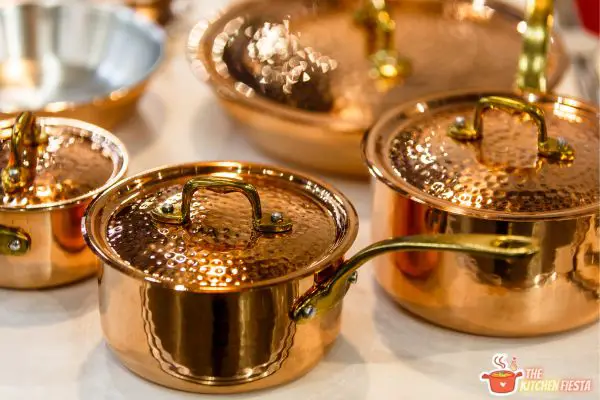
Copper cookware is another option for electric stoves. Copper is an excellent conductor of heat, making it a popular choice for professional chefs. However, copper cookware can be expensive and requires a bit more maintenance than other types of cookware. It is also not recommended for use on glass or ceramic stovetops.
3. Aluminum Cookware
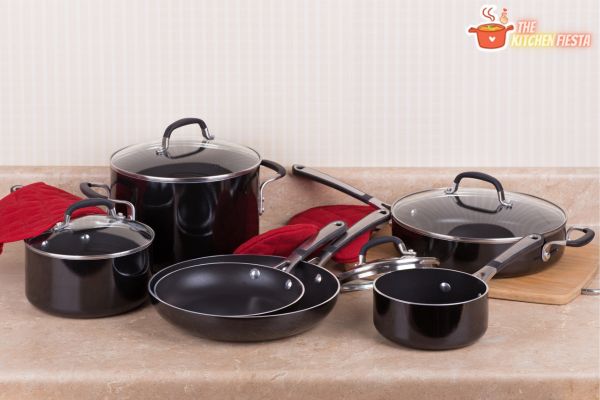
Aluminum cookware is a lightweight and affordable option for electric stoves. It heats up quickly and evenly, making it ideal for cooking on electric stovetops. However, aluminum cookware can react with acidic foods, causing discoloration and a metallic taste. To avoid this, look for anodized aluminum cookware, which has a protective coating that prevents this reaction.
Key Takeaways on Using Induction Cookware with Electric Ranges
To wrap up, here are the key points to remember:
- Induction cookware will work on electric coil and glass top stoves, but won’t work on ceramic or solid element stoves.
- Ensure the cookware makes uniform contact with the electric heating elements.
- Use medium or medium-low heat settings to prevent overheating.
- Lift pans instead of sliding to avoid scratching the glass surface.
- Lower-sided, wider pans distribute heat better than tall pots.
- Non-induction stainless steel, cast iron, ceramic, and aluminum cookware also perform very well on electric stoves.
While you can certainly use your fancy new induction pots and pans on that old electric stove, you may not need to replace all your cookware if switching to an electric range. With some tips on safely using induction cookware and choosing the right non-induction options, you can enjoy cooking on an electric stove with confidence.


